The Unlikely Birthplace of Silicon Valley
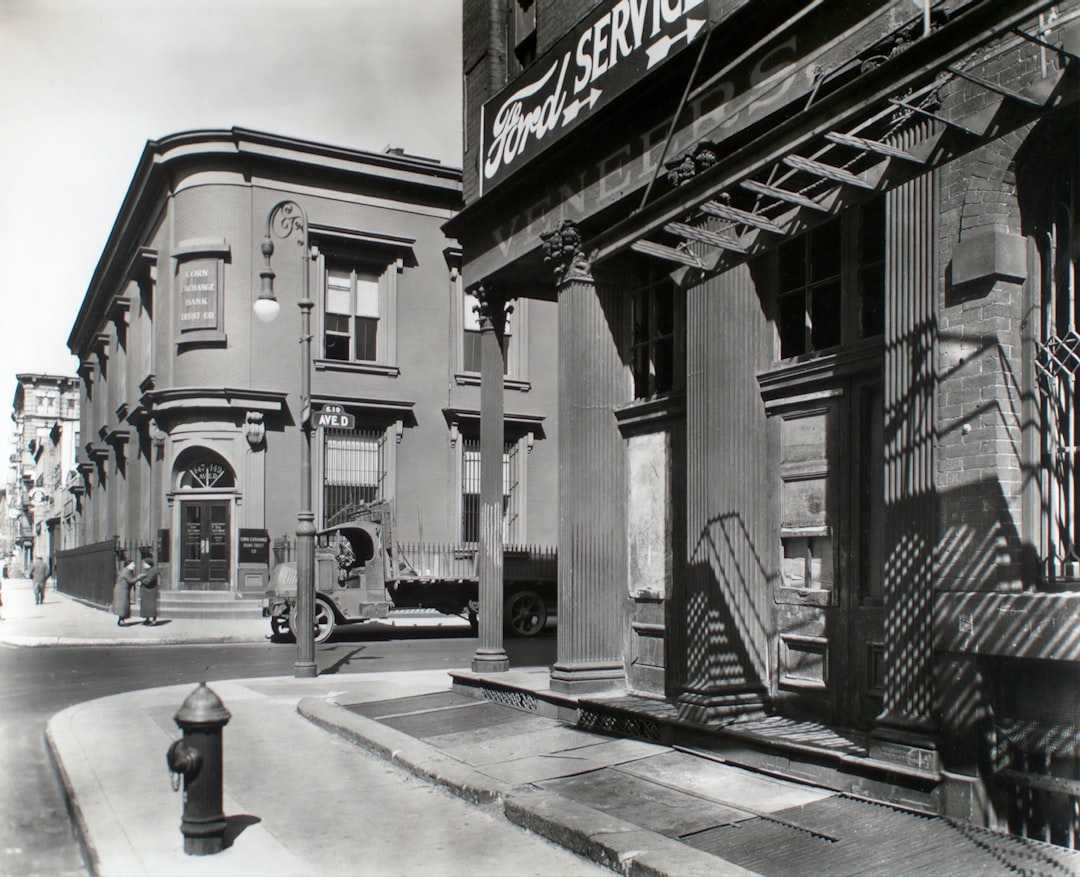
Most people think San Francisco or San Jose launched the tech revolution, but the real story begins in a small agricultural town called Palo Alto. Back in the 1930s, this sleepy community was surrounded by apricot orchards and horse farms, with barely 17,000 residents who had no idea they were living at ground zero of the future digital age. The transformation started when Stanford University professor Frederick Terman encouraged his brightest students to stay local instead of heading east to established tech centers. This simple decision would eventually create the world’s most valuable technology ecosystem, generating over $3 trillion in market value by 2024. What happened next changed not just California, but the entire planet.
A Garage That Changed Everything
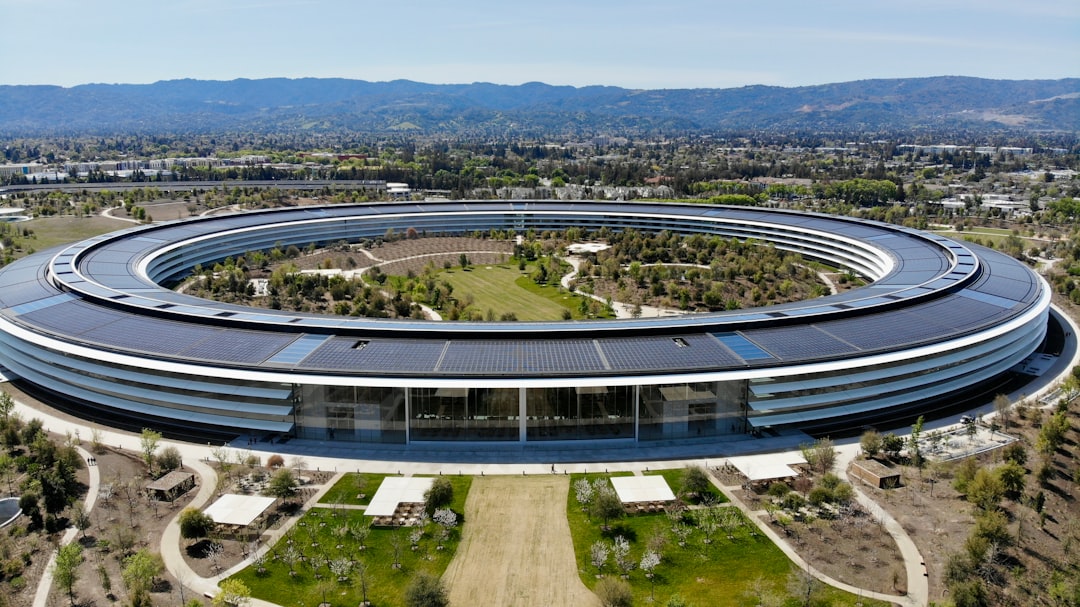
In 1939, two Stanford graduates named Bill Hewlett and Dave Packard rented a small garage at 367 Addison Avenue for $45 per month. Working with just $538 in startup capital, they began tinkering with electronic equipment in what would later be called the birthplace of Silicon Valley. Their first major success came with an audio oscillator that Walt Disney Studios purchased for the movie Fantasia, proving that innovative technology could emerge from the most humble beginnings. The garage still stands today as a California Historical Landmark, drawing thousands of visitors who want to see where the tech revolution truly began. This wasn’t just about two guys building gadgets – it was the moment when Palo Alto’s agricultural identity started shifting toward something completely unprecedented.
Stanford University’s Secret Weapon
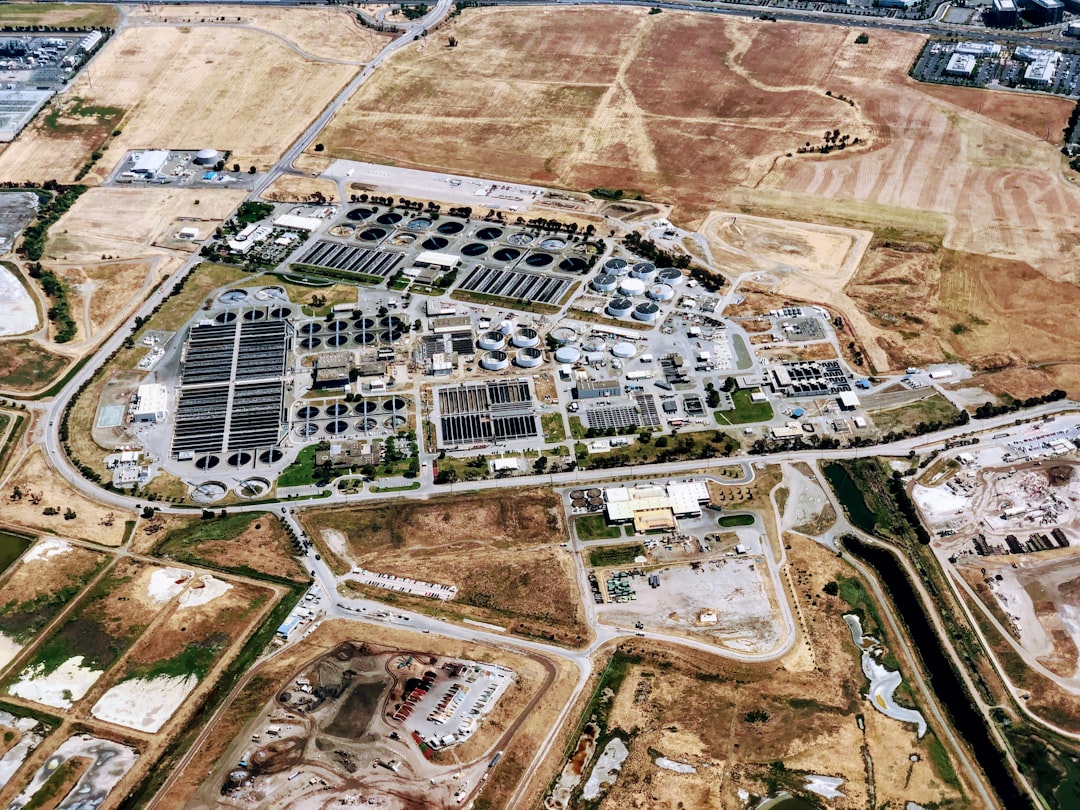
The real catalyst behind Palo Alto’s transformation was Stanford’s radical decision to lease university land to technology companies starting in 1951. Dean Frederick Terman, often called the “Father of Silicon Valley,” convinced the university to create Stanford Industrial Park, the first technology-focused business park in the world. Companies like Varian Associates, Hewlett-Packard, and later Fairchild Semiconductor set up shop just steps away from campus, creating an unprecedented collaboration between academia and industry. By 1960, the park housed over 40 companies and employed more than 12,000 people, turning Palo Alto from a quiet college town into a buzzing innovation hub. This model of university-industry partnership became the template that cities worldwide still try to replicate today.
The Semiconductor Boom That Launched a Thousand Startups

When Fairchild Semiconductor opened its doors in Palo Alto in 1957, few people understood they were witnessing the birth of an entirely new industry. The company’s founders, known as the “Traitorous Eight,” had left established East Coast companies to pursue their vision of miniaturized electronics in California’s more relaxed environment. Within just five years, Fairchild had spawned over 30 spin-off companies, each founded by former employees who took their knowledge and created competing firms. This pattern of constant entrepreneurship and company formation became known as the “Fairchild family tree,” and it established Palo Alto as the place where ambitious engineers came to build the future. The semiconductor revolution happening in this small town would eventually power everything from calculators to smartphones.
Venture Capital Discovers Paradise
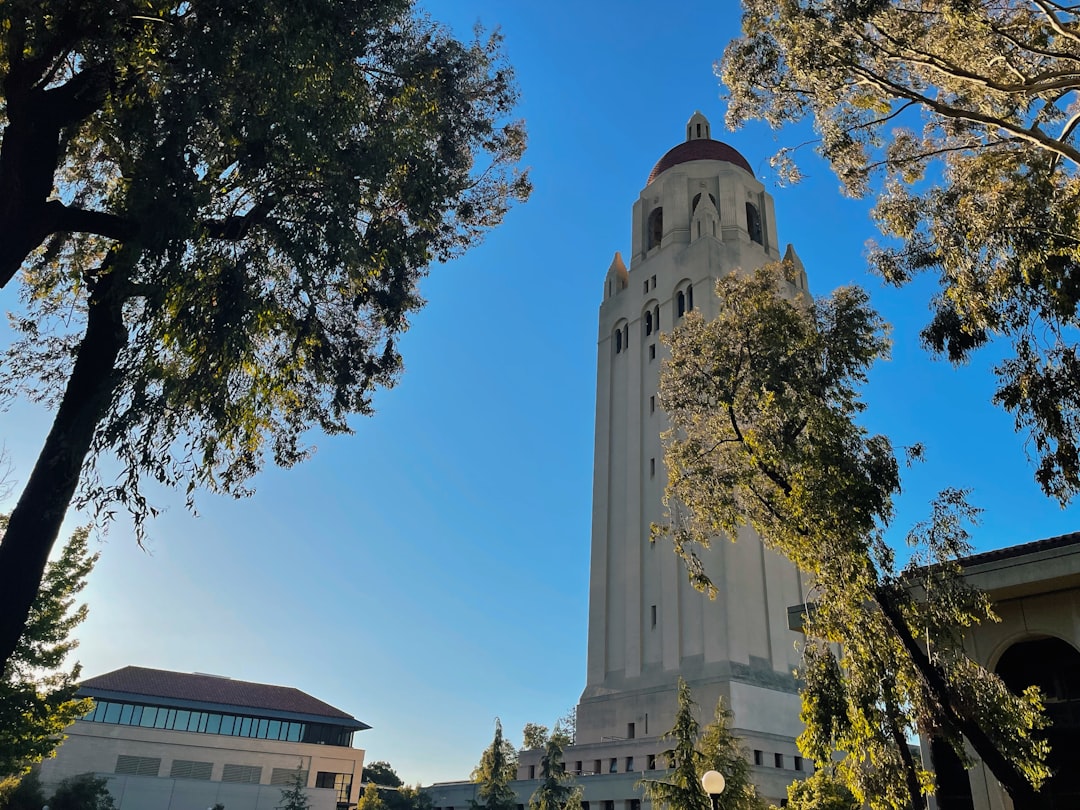
The arrival of venture capital firms in Palo Alto during the 1960s created the final piece of the innovation puzzle that the town needed. Sand Hill Road, a quiet street that runs through nearby Menlo Park, became home to legendary investment firms like Kleiner Perkins and Sequoia Capital. These firms didn’t just provide money – they brought expertise, connections, and a willingness to bet on unproven ideas that traditional banks wouldn’t touch. By the 1970s, venture capitalists were investing hundreds of millions of dollars annually in Palo Alto startups, creating a feedback loop where success bred more success. The combination of Stanford’s talent, local engineering culture, and readily available capital turned Palo Alto into an entrepreneurial paradise that attracted dreamers from around the world.
The Personal Computer Revolution Begins

While IBM and other giants focused on massive corporate computers, a group of Palo Alto rebels was dreaming of putting computing power in everyone’s hands. The Homebrew Computer Club, which met regularly at Stanford’s Linear Accelerator Center starting in 1975, became the informal headquarters for personal computer development. Club members included future legends like Steve Wozniak and Steve Jobs, who would debut the Apple I at one of these gatherings before founding Apple Computer. Other attendees went on to create companies like Cromemco and North Star Computers, all within a few miles of each other in Palo Alto. This wasn’t just about building better machines – it was about democratizing technology and bringing computing power to ordinary people for the first time in history.
The Internet Gets Its Start

Long before the World Wide Web became a household term, Palo Alto researchers were quietly building the infrastructure that would connect the entire planet. Stanford Research Institute, located right in the heart of town, served as one of the four original nodes of ARPANET when it launched in 1969. The very first internet message was sent from UCLA to SRI’s computers in Palo Alto, marking the beginning of the digital communication age. Throughout the 1970s and 1980s, local companies like 3Com and Cisco Systems developed the networking equipment that would eventually carry internet traffic around the globe. What started as a military research project in Palo Alto’s labs became the foundation for everything from email to social media.
The Software Revolution Takes Hold

As hardware became commoditized, Palo Alto companies pivoted toward software development with remarkable success during the 1980s and 1990s. Oracle Corporation, founded by Larry Ellison in nearby Redwood City, grew into one of the world’s largest database software companies with its headquarters eventually moving to Palo Alto. The town also became home to numerous software startups that focused on everything from computer graphics to business applications. Companies like Adobe Systems revolutionized digital publishing and design, while others created the enterprise software that powers modern businesses. This shift from hardware to software marked Palo Alto’s evolution from a manufacturing center to an intellectual property powerhouse that generated billions in value through code rather than circuits.
The Dot-Com Boom Transforms Everything

The late 1990s brought unprecedented change to Palo Alto as internet companies flooded the area with venture capital and sky-high valuations. Suddenly, every coffee shop seemed to host meetings between entrepreneurs pitching the next big web idea, and office rents skyrocketed as companies competed for prime Palo Alto real estate. The town’s population swelled with young professionals who believed they were changing the world through websites and e-commerce platforms. PayPal, founded by Peter Thiel and others, established its headquarters in Palo Alto and became one of the most successful companies of the era. Even when the dot-com bubble burst in 2000, Palo Alto had established itself as the undisputed center of internet innovation, attracting companies that would eventually become household names.
The Social Media Era Begins

While other tech centers focused on enterprise software and hardware, Palo Alto became the birthplace of social networking as we know it today. Facebook’s original headquarters occupied a modest office building on Page Mill Road, where Mark Zuckerberg and his team built the platform that would eventually connect nearly three billion people worldwide. The success of Facebook attracted other social media startups to the area, creating a cluster of companies focused on human connection through technology. LinkedIn, Twitter, and numerous other social platforms either started in Palo Alto or established major offices there to tap into the local talent pool. This concentration of social media expertise turned the town into the epicenter of how humans communicate and share information in the digital age.
The Mobile Revolution’s Ground Zero

When smartphones became ubiquitous in the 2010s, Palo Alto companies were ready with the apps and services that would define mobile computing. The town became home to countless mobile app developers, from gaming companies to productivity tool creators, who understood that the future of technology was literally in people’s pockets. Tesla’s early offices in Palo Alto helped bridge the gap between traditional automotive manufacturing and cutting-edge software development, showing how mobile technology extended beyond phones to vehicles and other connected devices. Local venture capital firms invested billions in mobile-first startups, recognizing that this new platform would create entirely new categories of businesses. The expertise developed in Palo Alto during the mobile revolution positioned the town perfectly for the next wave of technological innovation.
Artificial Intelligence Takes Center Stage

Today’s artificial intelligence boom has deep roots in Palo Alto’s research institutions and startup ecosystem, with Stanford’s AI lab producing some of the field’s most influential researchers since the 1960s. Companies like OpenAI, Anthropic, and numerous other AI startups have established significant presences in the area, attracted by the concentration of machine learning talent and computational resources. The town’s venture capital firms have invested over $50 billion in AI companies since 2020, recognizing that artificial intelligence represents the next major technological shift. Local companies are working on everything from autonomous vehicles to medical diagnosis systems, all built on AI foundations that trace back to decades of research in Palo Alto labs. This isn’t just another tech trend – it’s the culmination of nearly a century of innovation that started in that modest garage on Addison Avenue.
The Global Impact of One Small Town
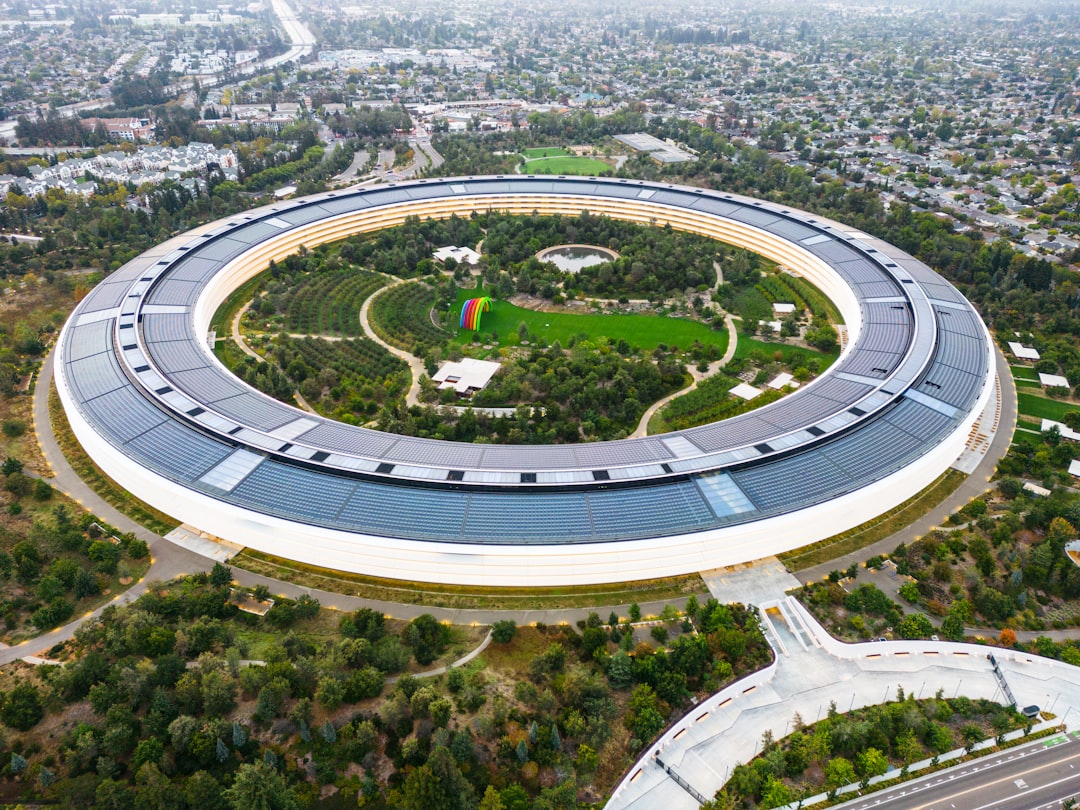
From its humble beginnings as an agricultural community, Palo Alto has generated more technological innovation and economic value than most entire countries. The companies founded or headquartered in this small town employ millions of people worldwide and have created technologies that touch virtually every aspect of modern life. Conservative estimates suggest that Palo Alto-based companies have generated over $10 trillion in cumulative market value since the 1950s, making it arguably the most economically productive 25 square miles in human history. The town’s influence extends far beyond technology, shaping everything from urban planning to educational policy as cities worldwide try to recreate the “Palo Alto model” of innovation. What started as one professor’s advice to his students has become a blueprint for technological progress that continues to drive human advancement into the future.







